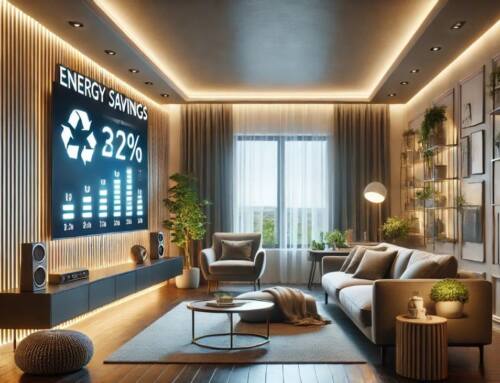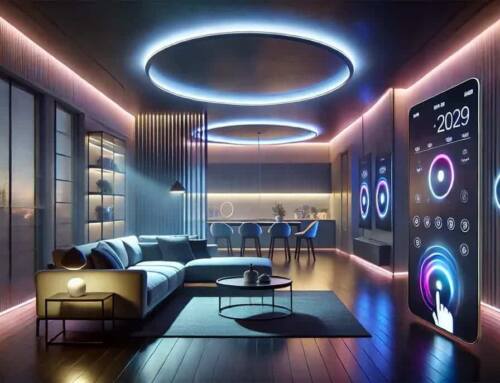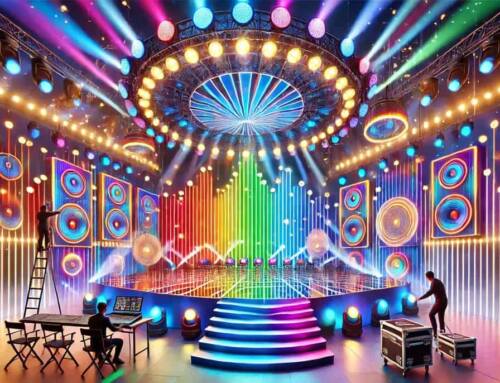Advantages of using LED strips in modern architectural projects
In the contemporary era, LED lighting has revolutionized the way we conceive and design spaces.
From an architectural perspective, LED strips have become an essential tool for architects and designers looking to merge functionality, energy efficiency, and innovative aesthetics in their projects.
In this article, we will discuss the advantages of using LED strips in modern architectural projects. Read on to learn more.
Innovation and versatility in architectural lighting
LED strips offer various advantages in architectural lighting. Some of the main benefits include:
Adaptability of LED strips
One of the primary advantages of LED strips in modern architectural projects is their adaptability.
These strips can be cut and adjusted to fit any space, allowing for complete customization. From ceilings to floors, walls to furniture, LED strips integrate effortlessly, highlighting architectural features and creating unique environments.
Energy efficiency and sustainability
Energy efficiency is another crucial aspect of LED strips. Compared to traditional light sources, they consume significantly less energy, resulting in a lower environmental impact and reduced electricity costs.
This attribute makes buildings equipped with LED lighting particularly suitable when sustainability is important.
Practical applications of LED strips
LED strips have the following practical uses:
Lighting facades and outdoor spaces
LED strips on building facades not only enhance the exterior aesthetics but also increase visibility and safety.
Illuminated facades can completely transform the appearance of a structure, making it more attractive and modern. Additionally, the durability and resistance to adverse weather conditions make LED strips perfect for outdoor applications.
Creating interior ambiences
Indoors, LED strips are used to create cozy and functional atmospheres. The indirect lighting provided by these strips is ideal for highlighting architectural elements such as stairs, hallways, and ceilings.
Thanks to their versatility, LED strips can blend into any design scheme, from minimalist to contemporary.
Innovation in commercial spaces
The integration of LED screens for businesses is another growing trend. These screens, combined with LED strips, can attract customers and enhance the shopping experience.
Dynamic lighting and vibrant colors capture attention and create an attractive and modern environment.
Light as a fundamental element in architecture
Why is light important in architecture? It is a fundamental component that defines how we perceive and experience spaces. LED strips allow architects to manipulate light in innovative ways, enhancing both the functionality and aesthetics of spaces.
Where are LEDs used? A variety of applications
The adaptability of LED strips facilitates their use in numerous contexts. From residential to commercial and public, the possibilities of LED strips projects are endless.
These strips are used in the lighting of kitchens, bathrooms, gardens, offices, and commercial spaces, enhancing any environment.
To conclude, LED strips are a crucial element in contemporary architecture. Their versatility, energy efficiency, and ability to transform spaces make them an indispensable choice.
Take your projects to the next level with LED strips
To explore more about how LED strips can revolutionize your projects, visit SIRS-E and discover the best LED lighting solutions.
Get inspired and start today by discovering the endless possibilities offered by LED strips and taking your designs to the next level. Are you ready to innovate in your architectural projects? Visit our website and find the inspiration you need.












Leave A Comment
You must be logged in to post a comment.